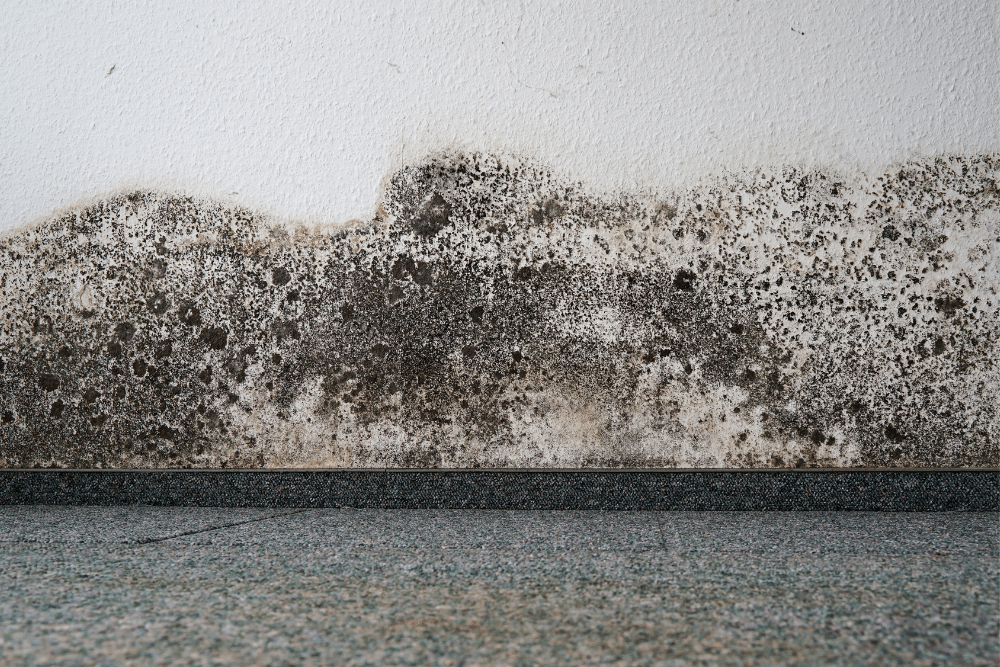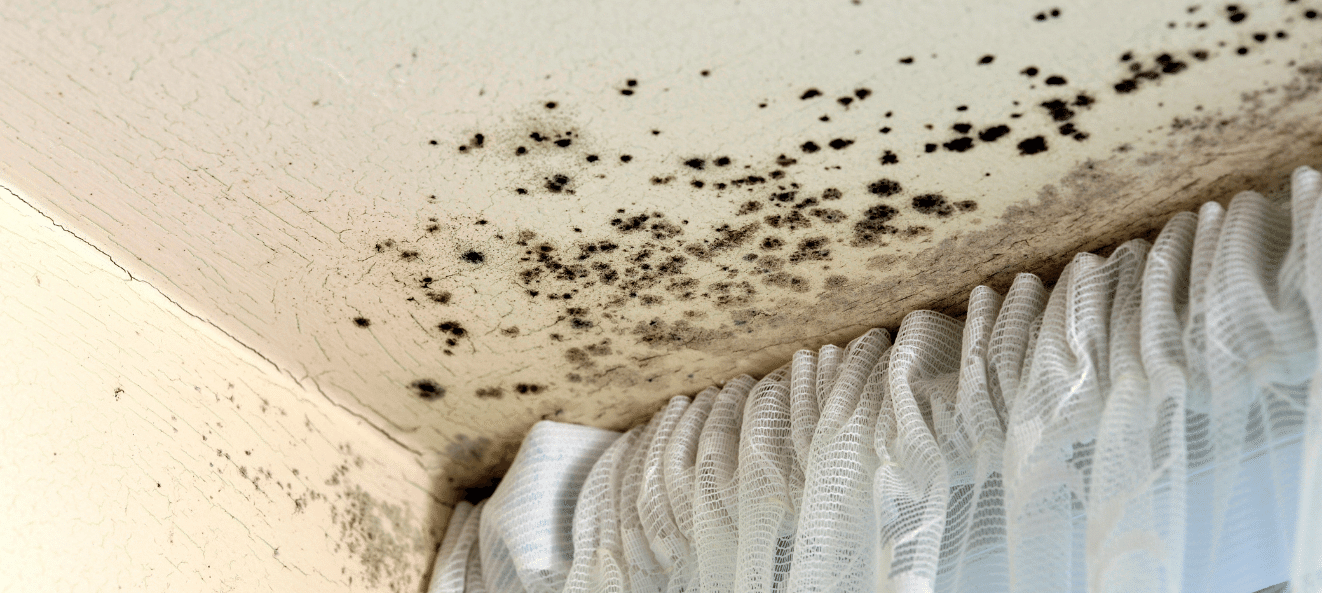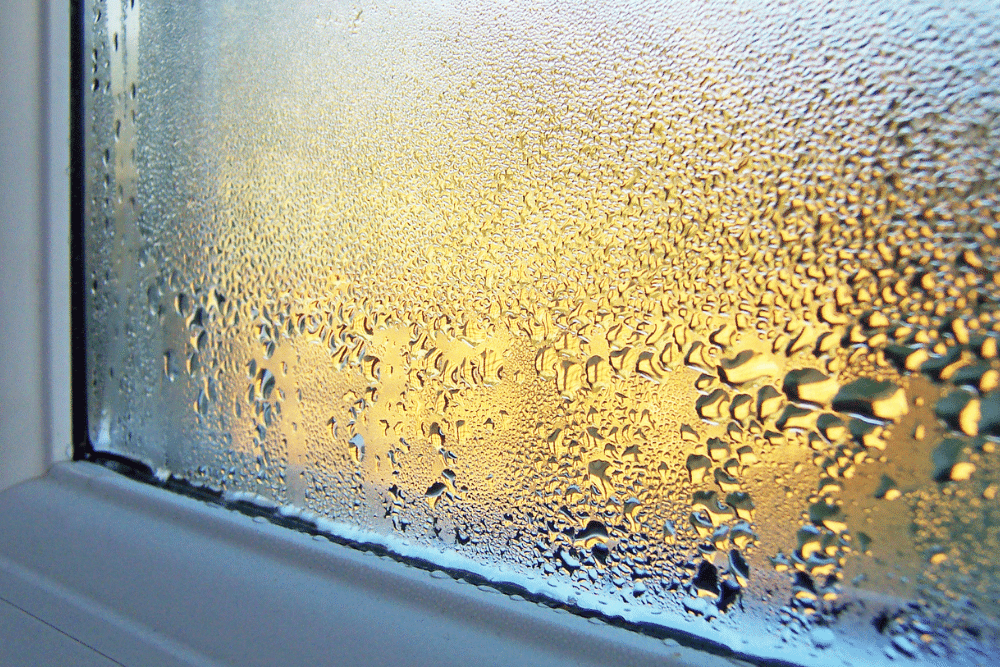How to Eliminate Mould in Your Property (and How to Prevent it Returning)
Damp and the subsequent growth and apparition of mould in a property can often be a great nuisance to any tenant.
Home Emergency Insurance for £130
- ✓ Covered up to £1,000 per emergency
- ✓ £250 for overnight accomodation
- ✓ Call out, labour & parts included
The key takeaway, besides the reasons for the development of mould and damp, as well as their prevention and treatment, is to act fast when faced with damp or mould in your property. You should inform your landlord or agent immediately of any damp or mould in the property as doing so will prevent further detriment to your health and the overall living conditions of your home.
Damp and mould go hand in hand, and if you suspect that a certain part of your property may be damp, it is very likely that there will also be mould growing, if it isn’t already present. Overall, damp and mould problems are most prominent in the autumn and winter months. In some cases where a damp and mould problem is hard to spot, you can hire a damp expert to investigate the causes of mould so that an appropriate course of action can then be taken. For the most part however, there are three main causes of damp (which eventually turns to mould) that can be looked at, in addition to a short list of additional contributing factors.

What causes mould?
- Condensation. The most common cause of damp formation in properties, condensation occurs when excess moisture in warm air in a home comes into contact with a cold surface, such as a window or a wall, which can then lead to the growth of mould. Build-up of excess moisture in a home can be a result of a tenant failing to properly heat or ventilate his property, which is itself caused by poor insulation, ventilation or heating, and oftentimes a combination of all three.
- Penetrating damp is another form of damp formation and a primary cause for the development of mould. It is caused by water penetrating into the fabric of a building through external walls or alternatively, through the roof, but can also on rare occasions be caused by internal leakage due to plumbing problems. The penetrating water will then build up horizontally in the walls and cause very damp conditions.
- Rising damp occurs when moisture underneath a building is absorbed into the concrete or brick construction foundation through capillary action. Older properties are especially vulnerable to rising damp, however there could be additional causes of the problem such as a repair issue (e.g. a broken damp proof course).

How to prevent mould ?
- installing a powerful extractor fan in your kitchen and bathroom
- leaving a gap between furniture and walls for air circulation
- opening bedroom windows
- drying clothes outside or in a tumble dryer
In improving the airflow to and out of the property, you will be treating and reducing the build-up of condensation, and thus reducing the chances of damp formation. In addition, an effective heating system can be clinical in tackling damp and subsequent formation of mould.
If, however, damp and mould in your property are formed due to other factors such as leaking internal pipes, a broken heating system, missing roof tiles or cracked walls, you should get your landlord to immediately address and resolve the problems. In each case it is most important to originate the source of the damp or mould and tackle the issue at its root, rather than opting for short-term solutions that will see damp and mould return!

How to get rid of mould ?
If you choose to clean the mould yourself, it is important to wear protective clothing and gloves, on top of disposing of any items that come into contact with the contaminated area. If, however, the problem is too great, your landlord will be responsible to hire a specialist to treat the damp or mould. In either case it is crucial that the mould is completely eradicated, otherwise it will return and remain.
Ultimately it is down to the landlord to take reasonable actions such as
- Has sufficient ventilation and appropriate appliances installed to ensure that damp and mould via condensation or penetration do not occur easily.
- Has appropriate space for clothes and fabric drying
- Or offer full financial coverage of the expenses if any occur
However, if the damp and mould are beyond your control, and the landlord refuses to fix or pay for the issue to be dealt with, you can take them to court. It will often be easier to find common ground with the landlord, as court action will be time consuming and costly and you should only consider it as a last resort.
To prevent the return or a detrimental development of damp and mould in your property, be aware of the conditions of your home and take note of any signs that there could be damp or mould in your property – spotting the problem early could ultimately save you or your landlord thousands. A full proof way of avoiding a damp problem is by having annual inspections at your property and hopefully have no damp or mould at your property!